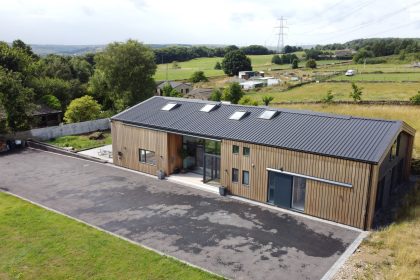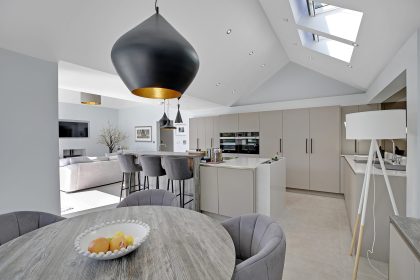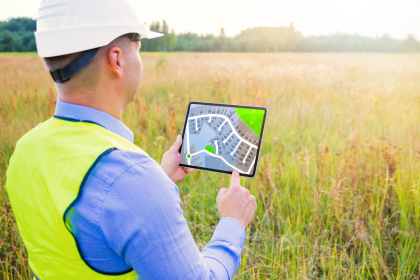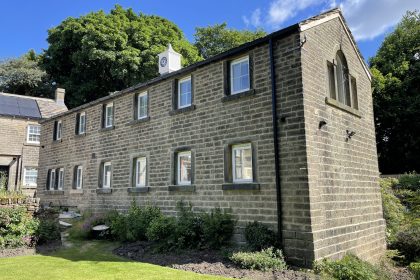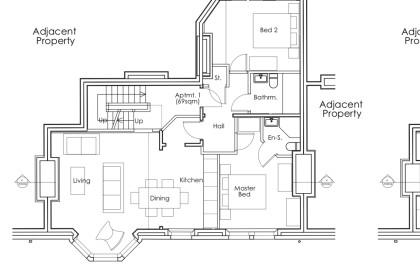Whilst time is a constant, it feels like the future is creeping up on us faster than ever. When you think how far we’ve come since the brutalism of the 50s the thought of where we could be in even just a decade is staggering.
We believe it’s the job of the architect to predict the future, the most successful projects are those that address the need of society in the present AND the future. Whilst we don’t have a crystal ball, through looking at emerging trends we can try and read what the next few years have in store for us.
Connected Towers
Space is a finite thing and should be treated like any other resource. Until we establish the technology to colonise other worlds, we’re going to have to spare a thought about how we use the space we have left. It’s not likely that we’re going to run out of places to live anytime soon, but dense urban areas run much smoother when they’re constructed with efficiency in mind.
An emerging trend seems to be taking this consideration into account, and that is the concept of connected skyscrapers. This incorporates some sort of ‘sky bridge` that serves a communal purpose for the residents of that building. Often this manifests simply as a way to move between the two (and sometimes more) towers. That being said, the use of this space can often serve multiple purposes, with designs cropping up having the bridge as a communal park or even a swimming pool. Using the buildings to support a structure in the sky is a clever way to make use of areas that we’ve not yet tapped into.
Broken plan living
Broken plan living is a lot like open plan living, giving more of a communal space than the traditional segregated house plans, whilst offering nooks and crannies for privacy and independence from the rest of the room. Even only a few years ago, it was common for a whole family to sit in front of the television together for the evening, yet with the popularity of portable technology, like tablets and laptops, broken plan living has clearly designated spaces to allow independent activities without the isolation of being in different rooms.
Aquatic Architecture
Many cultures have incorporated water into their buildings and communal spaces since ancient times and it seems like this is gaining traction in mainstream designs.
Not only as an aesthetic choice, with artificial waterfalls and bodies; using rivers, lakes and oceans as space to build upon (or in) relates back to using the finite space in an intuitive way. On top of this, waterborne living offers a way to explore global-warming proof design, possibly designing for the future in the most literal sense.
On the major end of the scale, entire waterborne cities have been designed as a self-sustaining, independent system. Although these may be a vision of the future, and not something we’ll see in the next couple of years, we’re definitely taking steps to explore the possibility before it becomes a necessity.
Image source: www.pixabay.com

